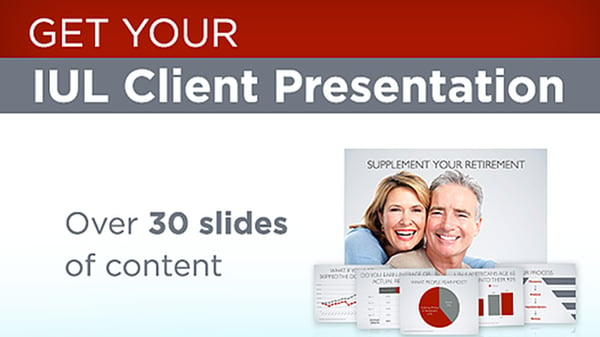If you are not currently using videos to promote your financial services business, you could be missing the greatest opportunities to build your practice, branding and visibility. Did you know that one third of all online activity involves watching videos and 90% of viewers say a video is helpful in the decision making process? If you have a website or social media account, those stats alone should prompt you to use video marketing for your firm. So how do you get started?

The process of creating an effective video can be divided into three sections:
- Pre-Production
- Production
- Post Production
1. Pre-Production
Pre-production involves everything that happens before the camera starts recording. You should have a detailed script planned out and rehearsed in advance of the video shoot. You need to consider what will be on screen to accompany the script. Will it be a graph, an image, or you? You then will have to figure out where you will shoot the video and the equipment you will need to make the video look professional. You'll need a high quality camera, tripod, microphone, lights, and a teleprompter to assist you with delivering your lines. If you're going to be in front of the camera, you'll need someone controlling the camera and audio recordings while you speak. And, believe it or not, the audio quality of your video is as important, if not more important in conveying the professionalism of your shoot. Just think of all the YouTube videos you've seen where the audio quality is just poor, even if the visuals are nice, the overall quality is greatly diminished.
2. Production
Now's the time to call "Lights, camera, action!" This is the phase of video production where the video is recorded. This may be the quickest step of the process to complete, but it is just as important as the others. Unless you took acting classes, you may want to have someone provide you with direction and help you appear confident and professional to your prospects and clients.
3. Post-Production
After the video has been recorded, the video, audio, images, and graphs need to be combined in a video editing program. You'll have to balance the audio levels with the music, color correct the video, and insert or animate the images and graphs. A video editor can use the storyboards you created in pre-production to combine the video and images together in the way you originally envisioned. Once editing is complete, the video needs to be exported and uploaded to an online video hosting service so it can be displayed on your website. And we don't recommend that you use YouTube because your viewer can easily rabbit-trail away from your content. Instead consider a professional, reliable and fast video service, doing so will make a big difference. Plus if that service adds in detailed reports on views, and gives you a way to capture possible leads, that's a great benefit too.
Simple Solution for a Complex Process
The amount of work involved in creating a video that looks professional can seem overwhelming, and extremely expensive. If you do not have a video production background and do not own professional video production equipment, you should consider having a professional video producer assist you with your video marketing projects. Financial advisors can sign up for the free My First Take program to create professional videos to market their businesses. Click below to learn more about the My First Take program.






